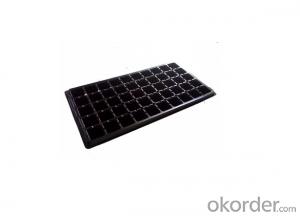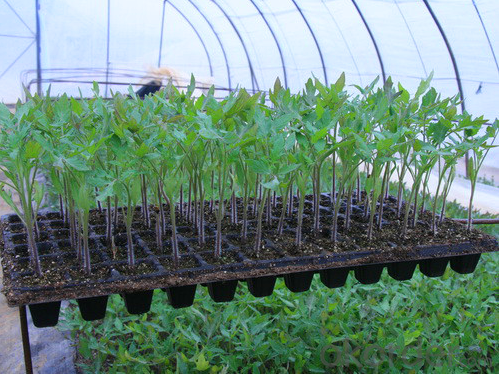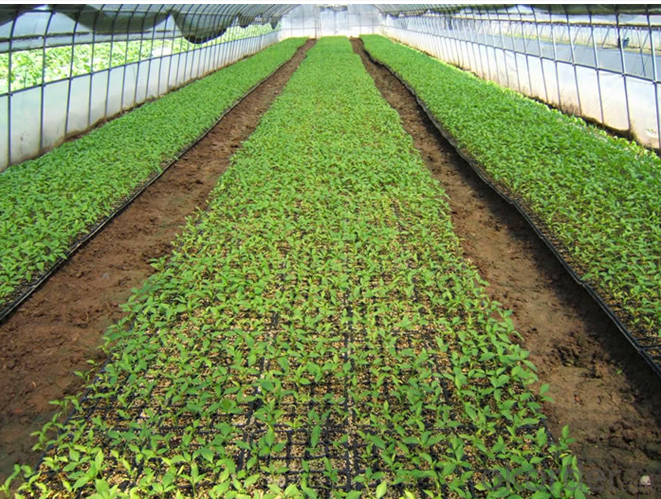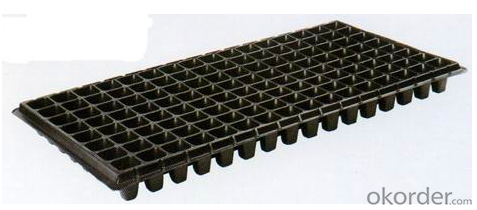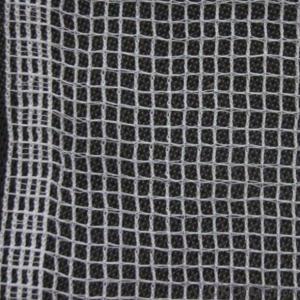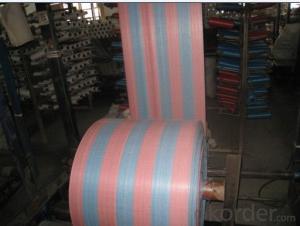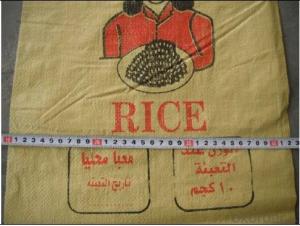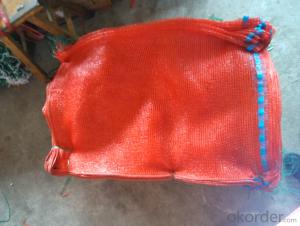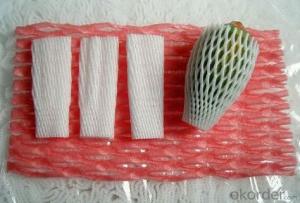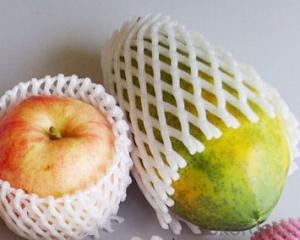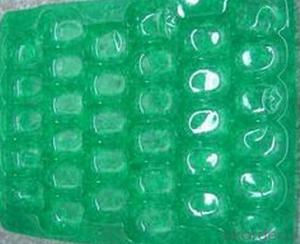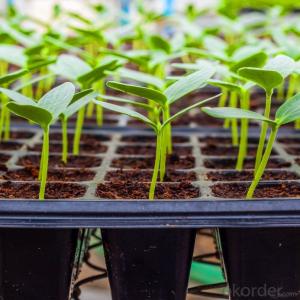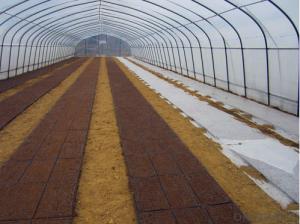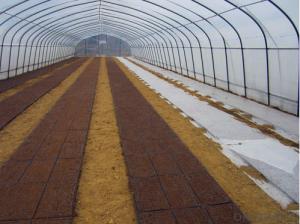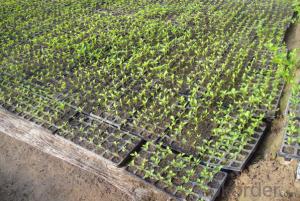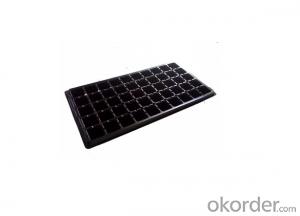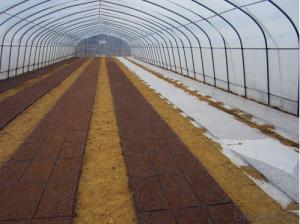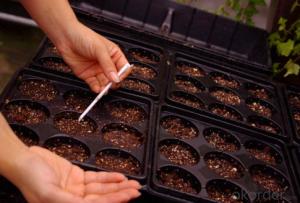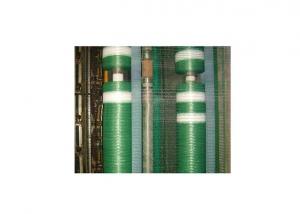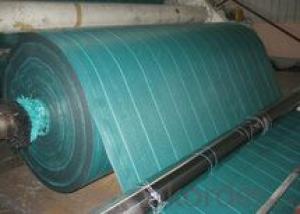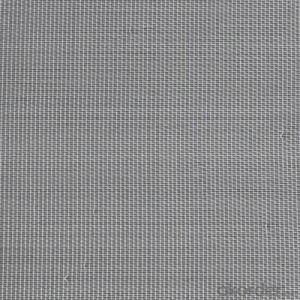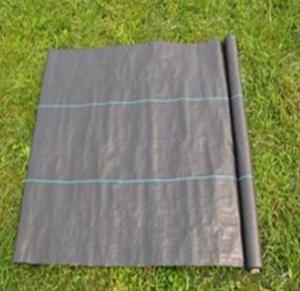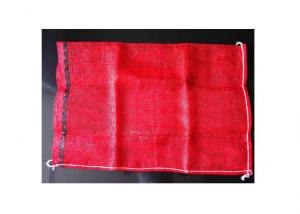Black Plastic Nursery Plug Trays Cell Seed Tray of 32 72 105 200
- Loading Port:
- China main port
- Payment Terms:
- TT OR LC
- Min Order Qty:
- 3000 pc
- Supply Capability:
- 2000000 pc/month
OKorder Service Pledge
OKorder Financial Service
You Might Also Like
Specification of Plug Trays HIPS Made Plastic Plug Tray for Greenhouse (Growing and Seedling):
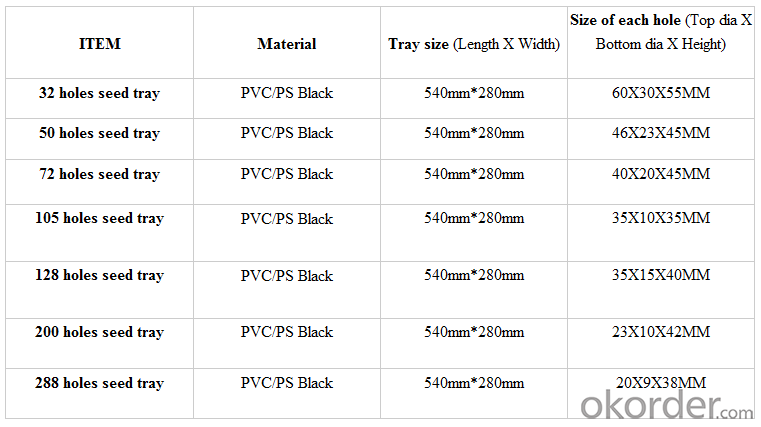
Features of Plug Trays HIPS Made Plastic Plug Tray for Greenhouse (Growing and Seedling):
· Material: HIPS
· Thickness: 0.5mm-1.5mm, Standard:1mm
· Weight: 80g(±5)g-230g(±5)g, Standard weight:155g(±5)g
· Size: length:490mm-540mm, width:190mm-345mm,depth:25mm-150mm
· Standard:540mmX280mm
· Cell count: 18-512
· Package: In Carton
· Warrenty: 8-10 times
Packaging & Delivery
Packing Detail: export standard carton or large bags
Delivery time: 4 million per momth after receipt of deposit
Advantage:
Waterproof, UV-resistant, extrusion-resistant
Easy carry for young seeding plant and grow
Service:
1. Quick, efficient and professional response within 24 hours, 14 hours online services
2. 10 years manufacturing and exporting experience in agriculture field.
3. Technical support and solution by chief engineer.
4. Strict quality control system & team, high reputation in the market.
5. Full range of irrigation products for choice
6. OEM/ODM services
7. Accept sample order before Mass Order
Picture of Plug Trays HIPS Made Plastic Plug Tray for Greenhouse (Growing and Seedling):
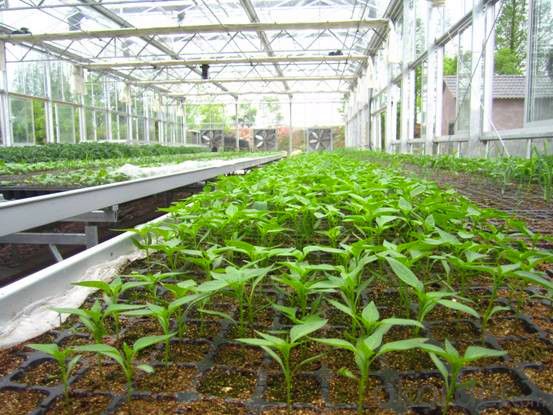
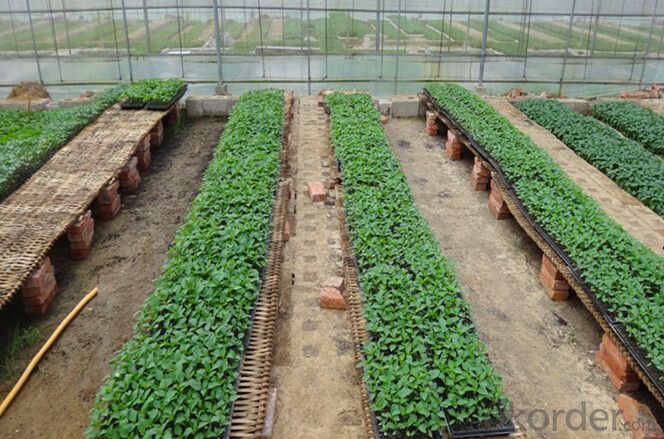
FAQ of Plug Trays HIPS Made Plastic Plug Tray for Greenhouse (Growing and Seedling):
Q: 1.How long is the production time?
A: Usually one to two weeks.
Q: 2.How is the seed tray being packaged?
A: They can be packaged in carton or pallets. Carton size is 1375px*725px*1250px.
Q:3.How many times can the seed tray be used?
A: Under the same environment, it is decided by the thickness. Usually 0.6mm thickness can be used for 1 or 2 times.
1.0 thickness can be used for 3-4 times. 1.5 thickness can be used for 8-10 times.
- Q: This question asks for the distinctions between two types of agricultural plastic films: polyethylene and polyvinyl chloride, focusing on their properties and uses in agriculture.
- <p>Polyethylene (PE) and Polyvinyl Chloride (PVC) are two common types of agricultural plastic films with distinct properties. Polyethylene films are generally lighter, more flexible, and less expensive. They are widely used for mulching due to their ability to retain moisture and regulate soil temperature. PE films are also easier to handle and dispose of, making them more environmentally friendly in terms of recycling. On the other hand, PVC films are heavier and more durable, offering better resistance to tearing and punctures. They are often used for longer-term applications such as greenhouses and tunnel films. PVC films can also provide better light transmission and insulation properties. However, PVC is less flexible and more challenging to recycle, which can lead to environmental concerns.</p>
- Q: What are the benefits of using plastic rainwater harvesting tanks?
- Plastic rainwater harvesting tanks offer several benefits including durability, affordability, and convenience. These tanks are made from high-quality plastic that is resistant to corrosion and UV rays, ensuring their longevity and preventing any contamination of the harvested rainwater. Additionally, plastic tanks are relatively inexpensive compared to other materials, making them a cost-effective option for rainwater storage. Moreover, their lightweight nature allows for easy transportation and installation. Plastic tanks also come in various sizes and shapes, providing flexibility in accommodating different space constraints. Overall, plastic rainwater harvesting tanks provide a reliable and efficient means of collecting and utilizing rainwater while being convenient and affordable.
- Q: Are nursery trays suitable for starting ornamental grasses?
- Yes, nursery trays are suitable for starting ornamental grasses. Nursery trays provide a controlled environment for seed germination and early growth, allowing for easier transplanting once the grasses have established strong roots. Additionally, the individual compartments in nursery trays help prevent root entanglement and allow for better root development.
- Q: Can nursery trays be used for growing water lilies?
- Yes, nursery trays can be used for growing water lilies.
- Q: A man got a plastic surgery..but He got. not any plastic element after this surgery ...?He had thought this is a lowcost surgery coz of plastic ....and after surgery his look would look like a super hero character with plastic elements on the face and body..!?..but He got faint after hearing the price..almost $ 6000-8000..!..
- The root word is the same for both the plastic that bottles are made from and plastic surgery. Latin plasticus, Greek plastikós: that may be molded The material plastic is one that can easily be molded into different shapes. Plastic surgery involves molding or changing the body into different shapes. See what a little education do? It's a simple concept - some words have more than one meaning.
- Q: What are the advantages of using plastic seedling trays in hydroponics?
- Plastic seedling trays offer several advantages in hydroponics. Firstly, they are durable and long-lasting, ensuring multiple uses without the risk of damage or breakage. Secondly, plastic trays are lightweight and easy to handle, allowing for convenient transportation and rearrangement of seedlings. Additionally, plastic trays provide excellent moisture retention, promoting optimal root growth and reducing the risk of dehydration. They also offer superior drainage, preventing waterlogging and root rot. Lastly, plastic trays are cost-effective and readily available, making them a practical choice for hydroponic growers.
- Q: What types of plastic materials are used in making livestock flooring?
- The types of plastic materials commonly used in making livestock flooring include high-density polyethylene (HDPE), polypropylene (PP), and polyvinyl chloride (PVC). These plastics offer durability, resistance to chemicals and moisture, and ease of cleaning, making them suitable for use in livestock facilities.
- Q: This question asks for an overview of environmental regulations that govern the use of plastic products in agriculture.
- <p>Environmental regulations related to the use of agricultural plastic products vary by country and region, but generally aim to reduce pollution and promote sustainable practices. These may include regulations on the production, use, disposal, and recycling of plastic products. For instance, some areas enforce bans on certain types of plastic mulch films or require their recycling. There are also initiatives to promote biodegradable plastics and reduce the use of non-biodegradable plastics. Regulations might mandate the proper disposal of agricultural plastics to prevent soil and water contamination. Compliance with these regulations is crucial to avoid penalties and to contribute to environmental conservation.</p>
- Q: What are some ground cover options for a modern or minimalist garden?
- Some ground cover options for a modern or minimalist garden include low-growing plants like moss, creeping thyme, sedum, or ornamental grasses. These plants offer a sleek and clean look while also minimizing maintenance.
- Q: Can agricultural plastic be used for organic farming?
- Yes, agricultural plastic can be used for organic farming, but it must meet specific criteria. Organic farming standards require that the plastic used is biodegradable, made from natural materials, and free from synthetic additives or chemicals. This helps maintain the integrity of organic farming practices and ensures environmental sustainability.
Send your message to us
Black Plastic Nursery Plug Trays Cell Seed Tray of 32 72 105 200
- Loading Port:
- China main port
- Payment Terms:
- TT OR LC
- Min Order Qty:
- 3000 pc
- Supply Capability:
- 2000000 pc/month
OKorder Service Pledge
OKorder Financial Service
Similar products
Hot products
Hot Searches
Related keywords
